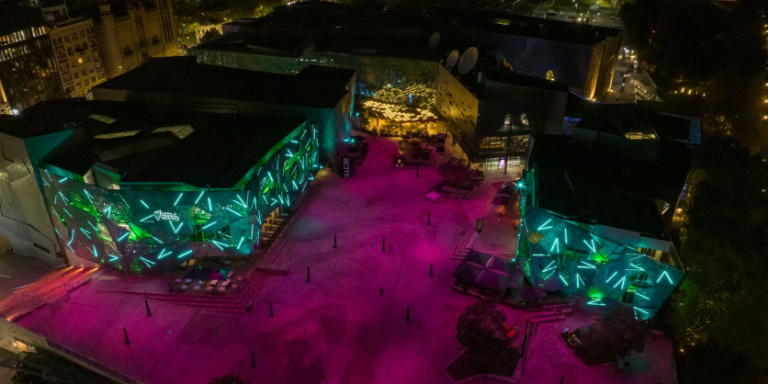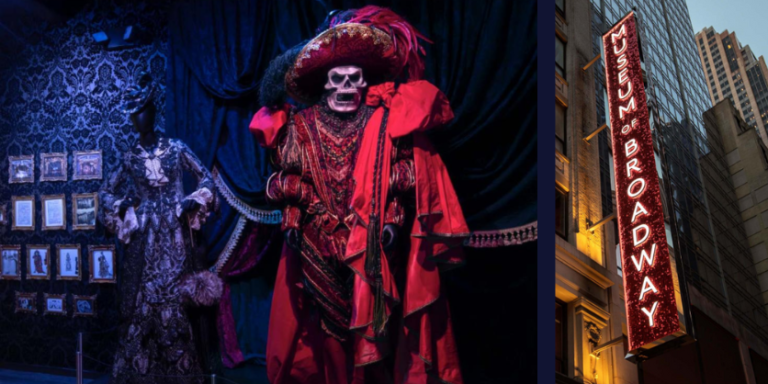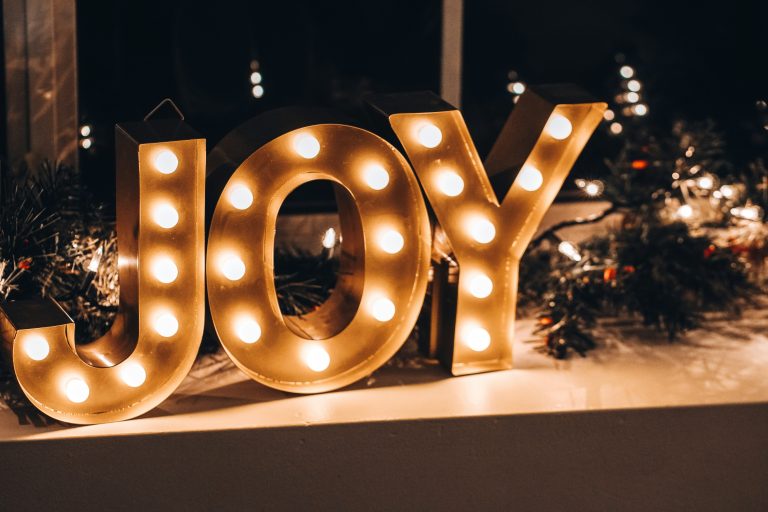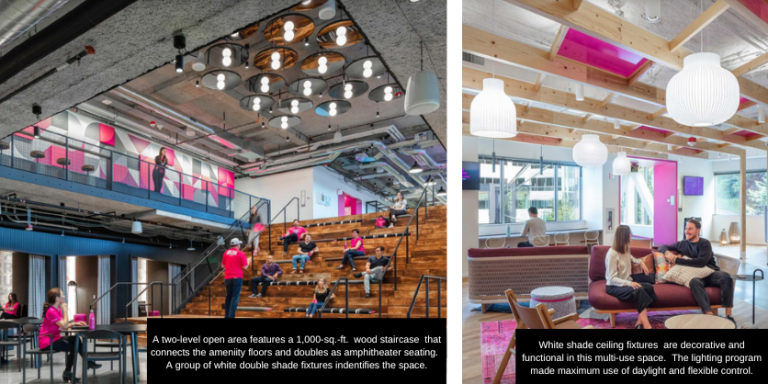Using Photometrics to Efficiently and Creatively Drive Design
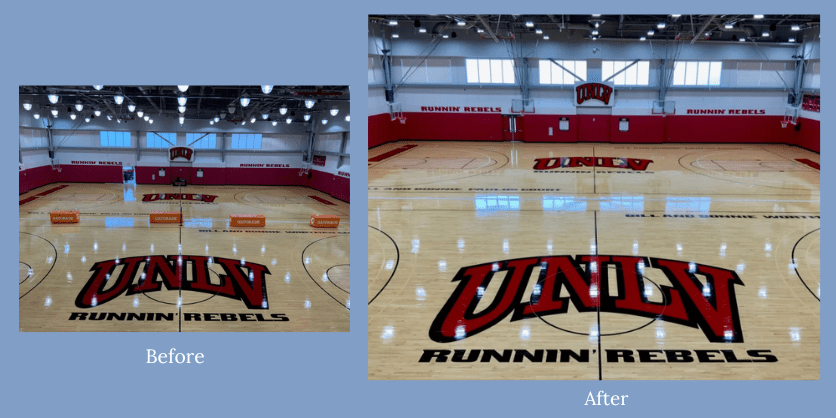
By Dañiel Luna-Fuller
University of Las Vegas Basketball Court
Our journey begins at the University of Las Vegas Basketball Court. With meticulous analysis and precise planning, we replaced outdated fixtures consuming 458 watts per unit with LED alternatives using a mere 160 watts each.
Before
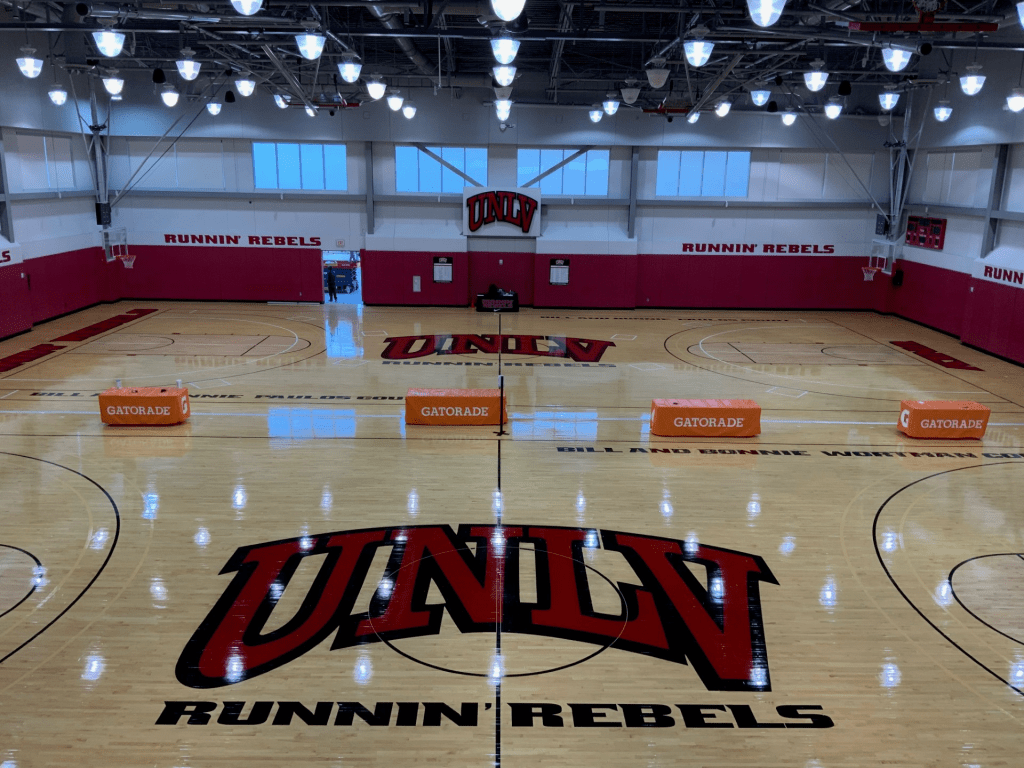
After
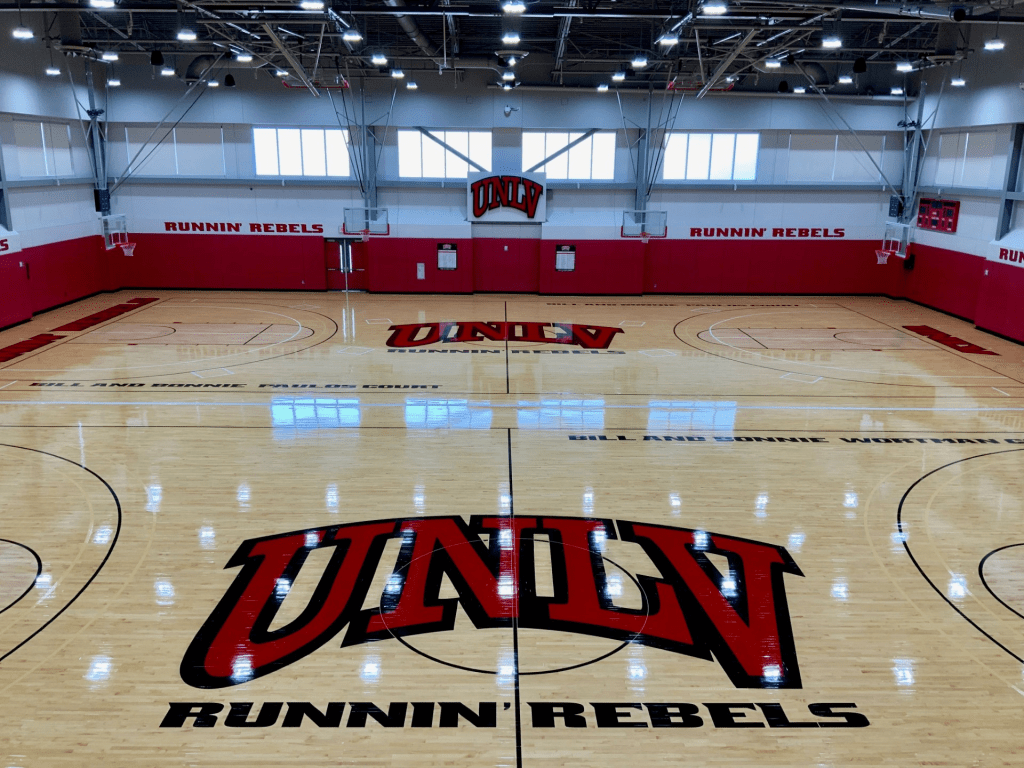
Results: A substantial reduction in energy consumption coupled with a remarkable increase in light levels, exceeding 40%. Moreover, the integration of On/Off/Dim wireless controls added a layer of flexibility, empowering administrators to tailor lighting settings for each court independently. This transformation not only enhanced visibility and player experience but also underscored the financial prudence of embracing LED technology. Luna Lighting partnered with LED Sports Lighting Pros to help improve foot-candle levels, which were vital for televised games.
Port of Miami
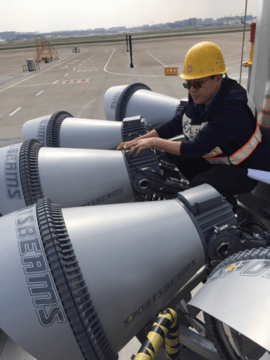
Our collaboration with Sportsbeams at the Port of Miami marked a monumental shift from 1000W Metal Halide High Mast Lighting to 800W LED lights, emphasizing energy efficiency and Dark Sky compliance. With over 100 pole locations and 12 fixtures per pole, the upgrade resulted in substantial energy savings—over 240,000 watts for the entire port.
This transition not only minimized light pollution but also heralded a new era of sustainability and environmental stewardship. The Port of Miami embarked on a mission to redefine the port’s lighting infrastructure with sustainability at the forefront. The transition from Metal Halide High Mast Lighting to LED alternatives was not merely a replacement of fixtures but a strategic initiative to minimize environmental impact.
H&H Auto Body
Our collaboration with LED Low Country underscored the economic benefits of transitioning to LED lighting solutions.
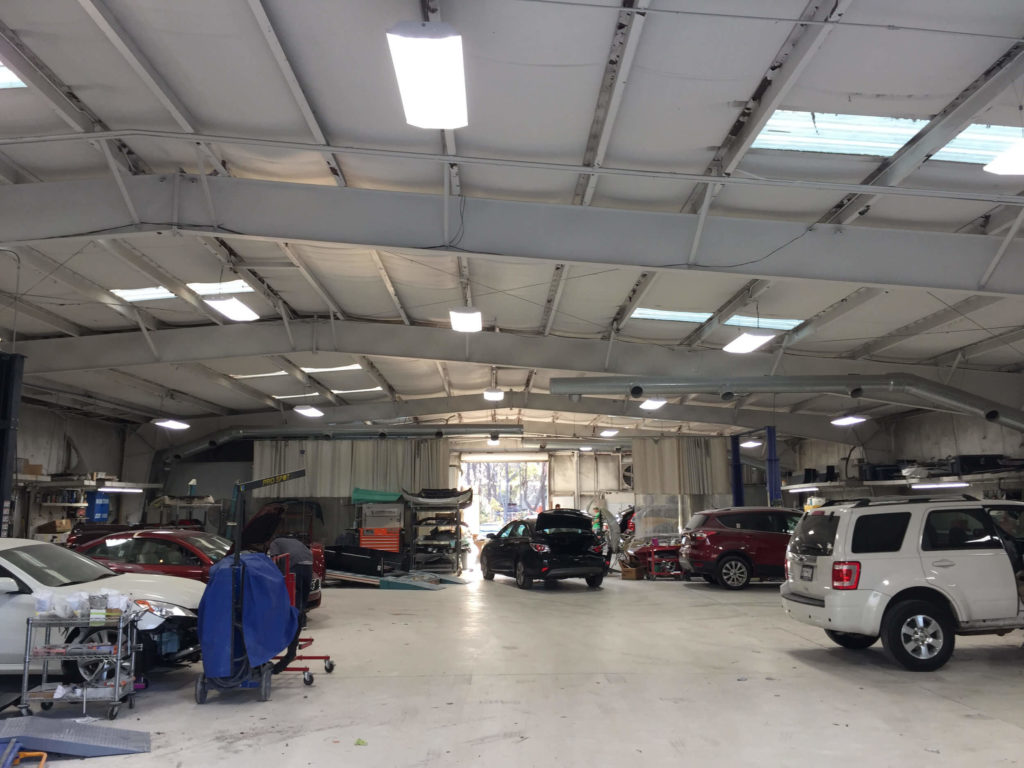
Through in-depth photometric evaluations, opportunities were identified to optimize energy efficiency and reduce maintenance costs. Annual energy savings reached $2,620, accompanied by an additional $283 in maintenance savings. Despite the absence of rebates, the project boasted a commendable payback period of 2.4 years, highlighting the compelling economic rationale for transitioning to LED solutions. Through meticulous photometric evaluations, we identified opportunities to maximize energy efficiency and reduce maintenance costs.
For a small business like H&H Auto Body, these savings are particularly significant. A savings of $2,620 per year can make a substantial difference to their bottom line, allowing them to reinvest in their operations, improve their services, and enhance their customer experience. This demonstrates how combining photometric analysis and energy-efficient lighting solutions can have a profound impact on small, independent businesses, helping them thrive in a competitive market.
About the Author:

Dañiel Luna-Fuller is the proud owner of Luna Lighting, a minority, woman, and service-disabled veteran-owned lighting firm that provides project-based design services focusing on photometric layouts. Luna Lighting also assists with project energy audits and helps clients find solutions that qualify for energy rebates through local utilities. To learn more about these projects or how Dani and her team are using photometric lighting studies and technology tools to recommend solutions, contact her at lighting@lunalighting.net.


